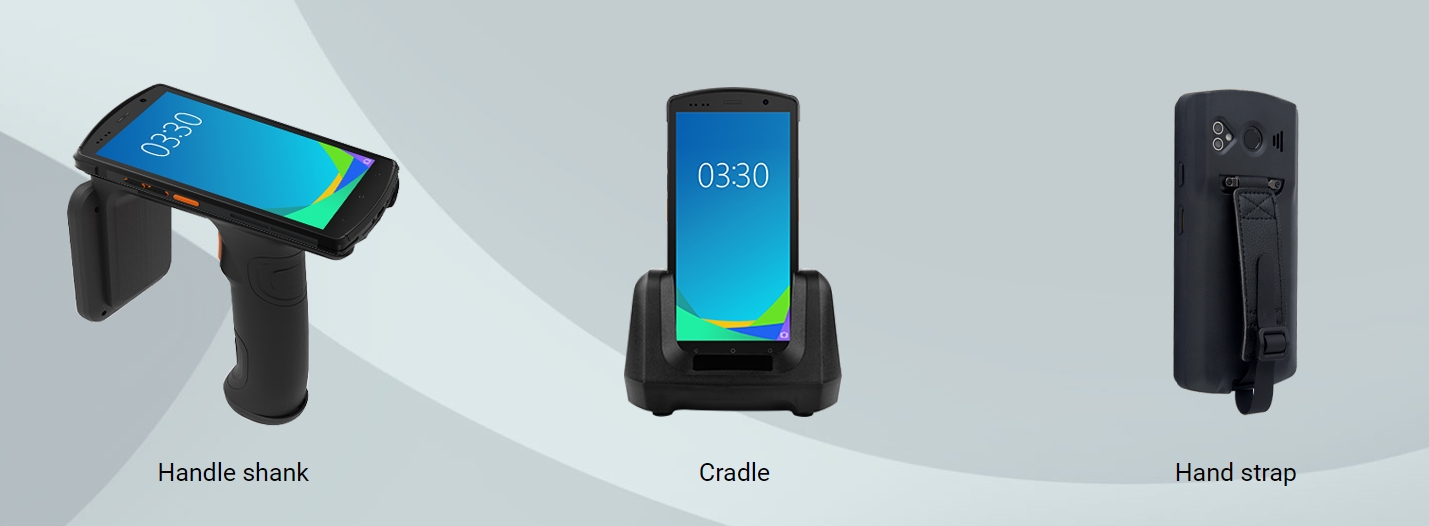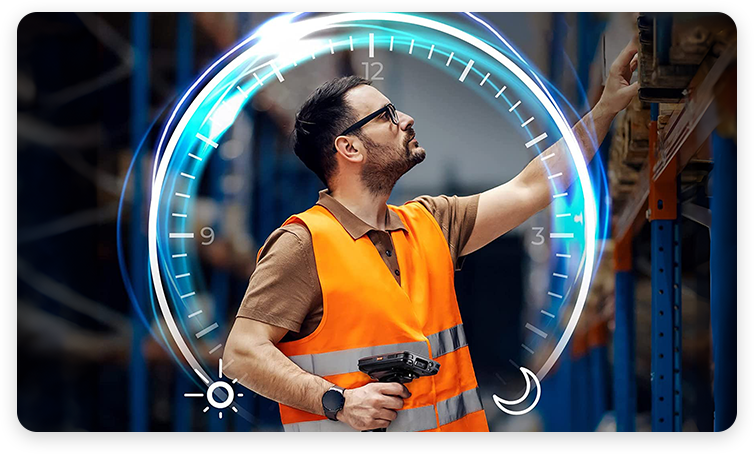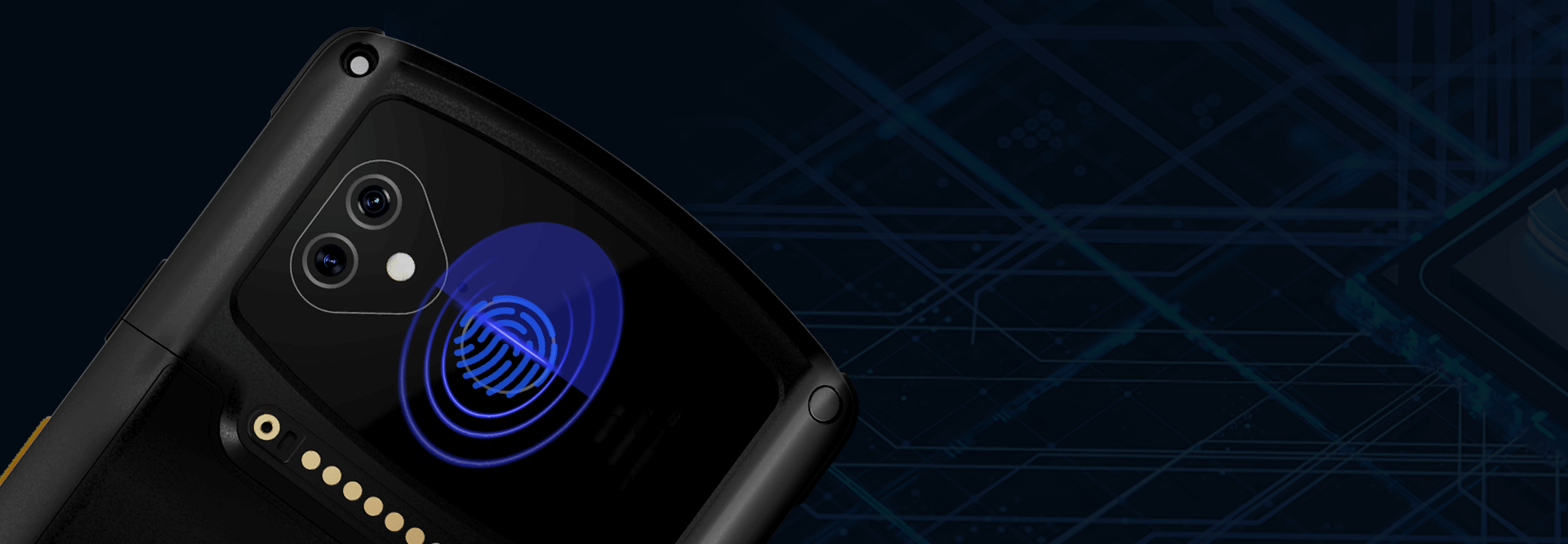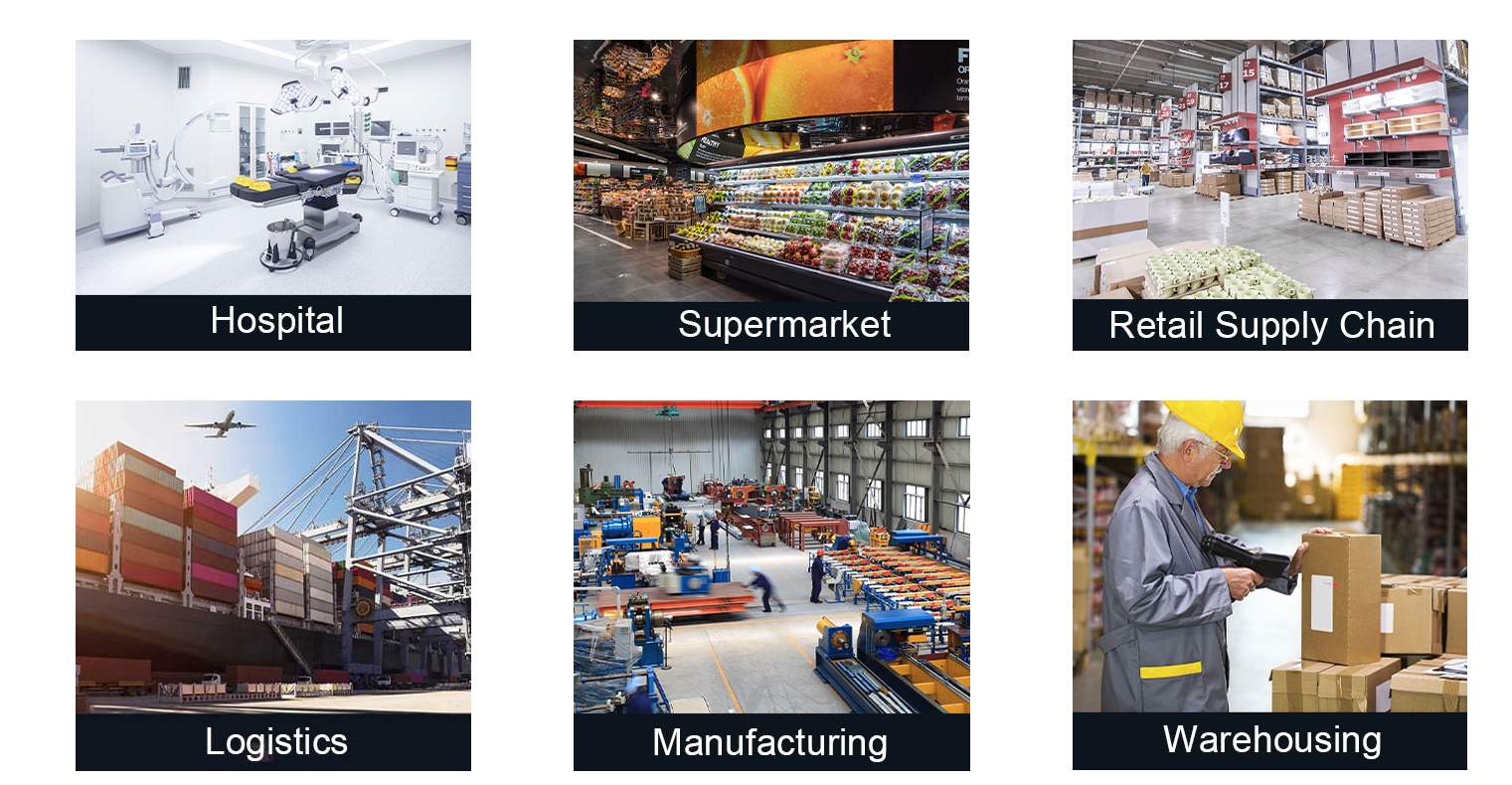In the fast-paced world of retail, efficiency and accuracy are paramount. To meet the demands of modern consumers and streamline operations, retailers are turning to innovative technologies. One such game-changer is the handheld scanner. These compact devices have transformed the way retailers handle inventory management, pricing, and customer service. In this blog post, we will explore the benefits and functionalities of retail handheld scanners and how they are revolutionizing the industry.

I. Enhanced Inventory Management
The retail industry has witnessed a revolutionary transformation in inventory management with the advent of handheld scanners. With their real-time visibility and scanning capabilities, these devices enable retailers to maintain accurate tracking of products throughout their journey in the store. By scanning barcodes or RFID tags, retailers can effectively monitor inventory from the moment it arrives until it is purchased by a customer.
The ability to conduct fast and efficient stock counting is one of the primary advantages offered by retail handheld scanners. Traditionally, inventory audits involved time-consuming manual processes and had a higher risk of errors. With handheld scanners, retailers can effortlessly scan items and instantly update the inventory system in real-time. This automated process greatly minimizes the risk of errors and guarantees that inventory records remain consistently up to date.
The real-time updating of inventory data allows retailers to identify discrepancies promptly. Any inconsistencies between the physical count and the recorded inventory can be quickly addressed, preventing stockouts or overstocking. This level of accuracy is crucial for optimizing order fulfillment, as retailers can ensure that popular items are always in stock while avoiding unnecessary inventory expenses.
Moreover, the efficiency of handheld scanners saves retailers valuable time and resources. Through the streamlined inventory counting process facilitated by retail handheld scanners, staff members can allocate their time and attention to other crucial tasks, such as delivering excellent customer service or engaging in effective merchandising activities. The automation provided by handheld scanners not only improves productivity but also reduces labor costs associated with manual inventory management.
In summary, the introduction of retail handheld scanners has revolutionized inventory management by offering real-time visibility and precise tracking capabilities. The ability to scan barcodes or RFID tags ensures efficient stock counting, enabling retailers to conduct inventory audits with ease. The real-time updating of inventory data allows for timely identification of discrepancies and optimized order fulfillment. The efficiency of handheld scanners not only saves valuable time and resources but also enables staff to focus on other critical aspects of the retail operation. Overall, these devices have become an indispensable tool for effective inventory management in the retail industry.

II. Streamlined Pricing and Labeling
Accurate pricing and labeling are essential components of a smooth and transparent retail experience. Handheld scanners have become invaluable tools for retailers to maintain consistent and up-to-date pricing information effortlessly.
With handheld scanners, retailers can update prices and labels with ease. Instead of manually replacing outdated tags, retail staff can simply scan the item using the handheld scanner and update the information in the system. This automated process ensures that pricing remains accurate across all channels, including in-store displays, online platforms, and mobile apps. By eliminating the need for manual tag replacement, retailers can save time and reduce the potential for human errors, resulting in a more efficient and error-free pricing system.
In addition to maintaining accurate pricing, handheld scanners also facilitate price checks and comparisons. Retail associates can quickly scan an item and provide customers with real-time pricing information. This enables customers to make informed purchasing decisions and eliminates the frustration of uncertain or incorrect pricing. Furthermore, handheld scanners can be used to locate similar products, allowing customers to compare prices and find the best options available. This level of transparency and convenience enhances the overall customer experience and builds trust between retailers and shoppers.
By leveraging handheld scanners for pricing and labeling tasks, retailers can streamline operations, reduce pricing errors, and enhance customer service. The automation provided by these devices ensures consistent and up-to-date pricing information, reducing customer frustration and potential conflicts at the point of sale. Additionally, the ability to perform quick price checks and comparisons empowers customers to make informed decisions, leading to increased customer satisfaction and loyalty.
In conclusion, handheld scanners play a crucial role in maintaining accurate pricing and labeling in the retail industry. Their ability to update prices effortlessly ensures consistency across all channels, reducing errors and saving time. Moreover, these devices enable retail associates to perform price checks and comparisons, enhancing customer service and empowering customers to make well-informed purchasing decisions. By embracing handheld scanners, retailers can optimize pricing processes, improve customer satisfaction, and foster a transparent and efficient retail environment.

III. Improved Customer Experience
Handheld scanners have become powerful tools for enhancing the overall customer experience in retail settings. These devices enable retail associates to streamline transactions, reduce waiting times at checkout, and provide personalized assistance on the sales floor.
By utilizing handheld scanners, retail associates can efficiently complete transactions, leading to a smoother and expedited purchasing process. Instead of manually inputting product information or relying on traditional cash registers, associates can simply scan items and process payments on the spot. This eliminates the need for customers to wait in long queues, resulting in shorter wait times and a more efficient checkout experience. The convenience and speed offered by handheld scanners contribute to customer satisfaction and improve the overall shopping experience.
Furthermore, handheld scanners empower retail staff to provide personalized assistance to customers. Armed with these devices, associates can quickly access product information, check stock availability, and answer customer queries in real-time. This level of responsiveness and knowledge builds trust and loyalty among customers, as they feel valued and well-informed during their shopping journey. Whether it's helping customers find the right size, providing recommendations, or addressing concerns, handheld scanners enable associates to offer immediate assistance, enhancing the customer experience and fostering positive relationships.
In addition to facilitating transactions and personalized assistance, handheld scanners can also support other customer-centric initiatives. For instance, they can be used for loyalty program integration, allowing customers to earn and redeem rewards seamlessly. Handheld scanners can also enable mobile ordering and payment options, providing customers with flexibility and convenience.
In conclusion, handheld scanners have a significant impact on the overall customer experience in retail. They expedite transactions, reduce waiting times at checkout, and enable personalized assistance on the sales floor. By embracing these devices, retailers can create a more efficient and customer-centric environment, building trust, loyalty, and satisfaction among their clientele. Handheld scanners are a valuable asset in enhancing the overall retail experience and meeting the evolving expectations of modern customers.

IV. Data Insights and Analytics
Retail handheld scanners not only facilitate efficient inventory management and customer transactions but also generate a wealth of valuable data that can be leveraged to drive informed decision-making.
By analyzing the data collected through scanning activities, retailers can uncover valuable insights and identify trends. They can gain a deeper understanding of which products are selling well, which ones are underperforming, and adjust their inventory accordingly. By adopting a data-driven approach, retailers can optimize product placement, ensure the availability of popular items, and minimize the risks associated with overstocking or stockouts.
Furthermore, handheld scanners are capable of capturing valuable information regarding customer preferences and purchasing patterns. Retailers can gather data on customers' buying habits, preferences, and even demographic details. This data can be effectively utilized to personalize marketing efforts, deliver targeted promotions, and customize offerings based on specific customer segments. By gaining a deeper understanding of their customers, retailers can significantly enhance customer satisfaction, foster stronger loyalty, and encourage repeat business.
Integrating the data collected by handheld scanners with other systems, such as CRM or ERP software, provides retailers with a holistic view of their business operations. Through this integration, retailers can conduct comprehensive analyses of inventory levels, sales performance, and customer behavior. This enables them to gain valuable insights into supply chain efficiency, pinpoint areas that require improvement, and make informed strategic decisions based on data. By leveraging these insights, retailers can optimize their business processes and enhance overall operational efficiency.
In conclusion, retail handheld scanners go beyond their primary function of inventory management and transaction processing. They generate valuable data that can be analyzed to uncover insights, optimize product placement, personalize marketing efforts, and make informed decisions. By harnessing the data collected through handheld scanners, retailers can obtain a competitive advantage, enhance operational efficiency, and provide a personalized and gratifying customer experience.
Retail handheld scanners have emerged as a game-changer in the industry, revolutionizing inventory management, pricing, customer service, and data analytics. These devices provide accurate inventory tracking, streamlined pricing and labeling processes, improved customer experiences, and valuable data insights. By adopting handheld scanners, retailers can enhance operational efficiency, stay competitive, and deliver exceptional customer service. With the continuous advancement of technology, we can anticipate a plethora of innovative features and functionalities being incorporated into handheld scanners, thereby further revolutionizing the retail landscape. Embracing these devices is no longer an option but a necessity for retailers looking to thrive in the dynamic and ever-evolving world of retail.


 French
French German
German Arabic
Arabic Italian
Italian Spanish
Spanish Japanese
Japanese Persian
Persian Korean
Korean Chinese (Simplified)
Chinese (Simplified)









